

Damion Smy
Suzuki Fronx recalled after seatbelt failure sparks ‘urgent investigation’
7 Hours Ago
The latest-generation Haval H6 has arrived from China specced to shake-up the mid-sized SUV market. How does it compare to a class favourite?

Senior Contributor


Senior Contributor
The Haval H6 impressed us over a recent loan, demonstrating tangible improvements over its predecessor model.
This tech-laden and generically handsome mid-sized SUV from China will appeal to buyers without particular brand affiliation, who have value atop their priority list.
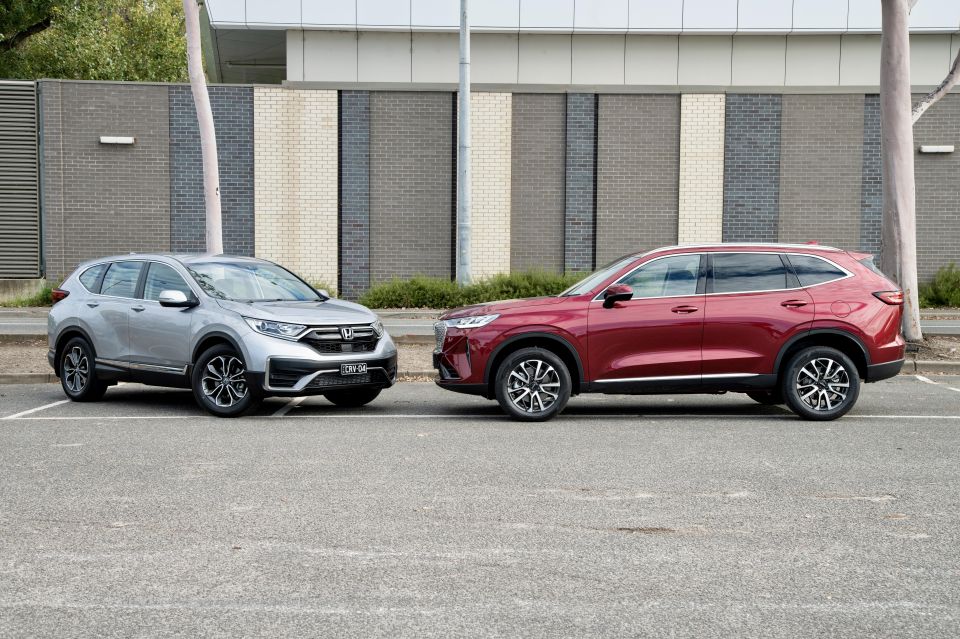
But to get a real bead on it, a comparison test against one of our top medium SUVs is a must.
The Honda CR-V is neither the newest nor biggest-selling contender in this massively popular corner of the market, but its blend of space, value, and comfort makes it that brand’s most compelling (non-Type-R) product.
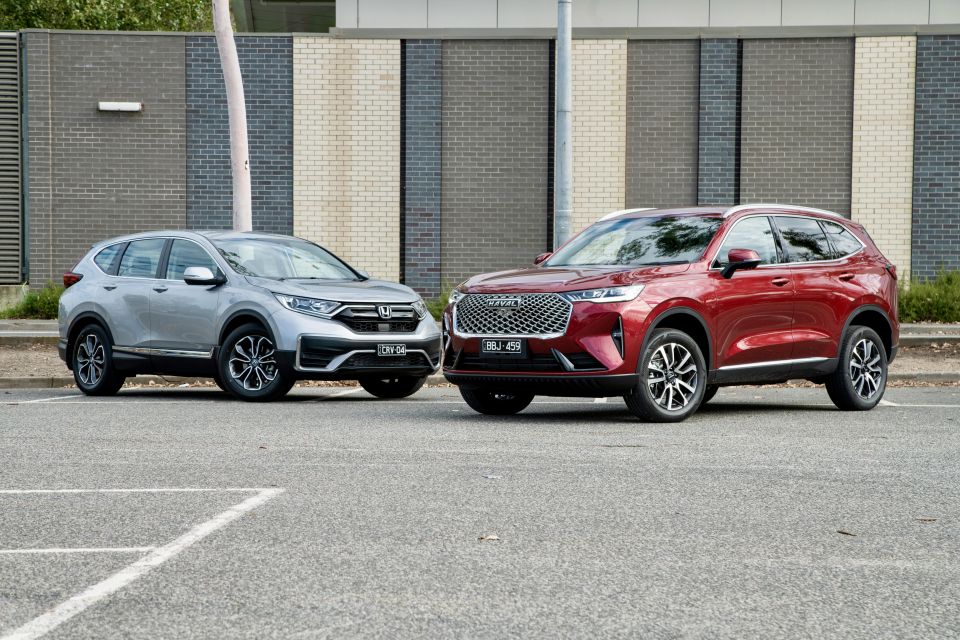
Both of these vehicles are being tested in their mid-level specification grades.
Here’s a breakdown of the range pricing, with the test variants bolded and in red:
Haval H6:
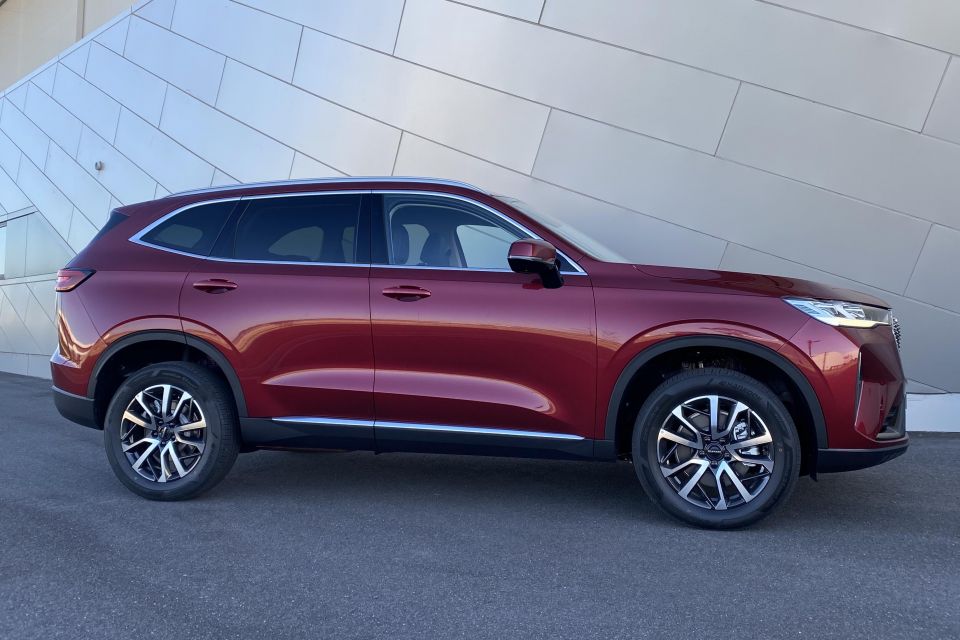
Honda CR-V:
*All drive-away prices are based on a 3000 (Melbourne) postcode entered into Honda’s own pricing configurator page.
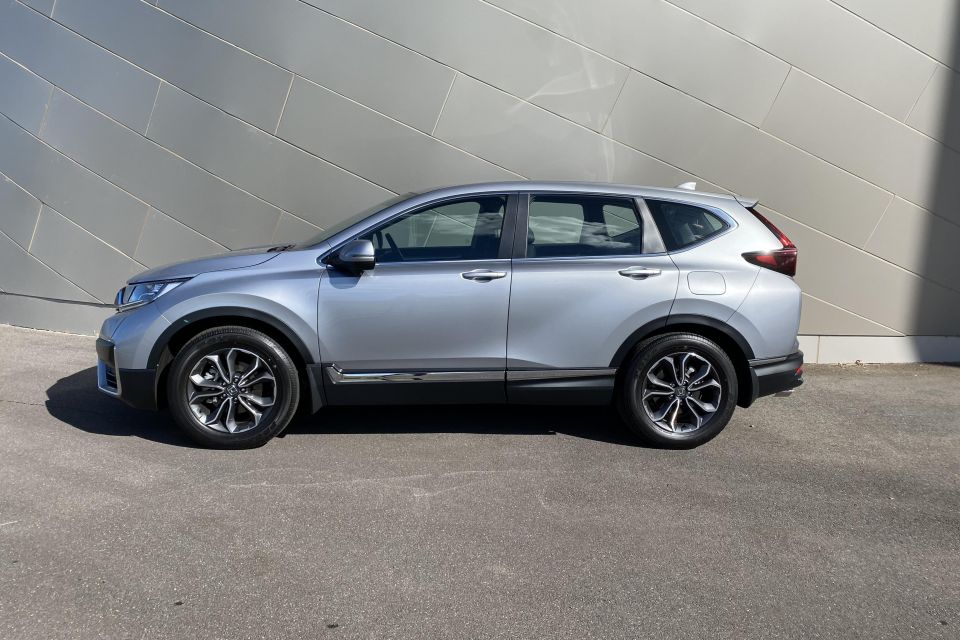
As tested the two share common features such as:
Only the Haval on test offers:
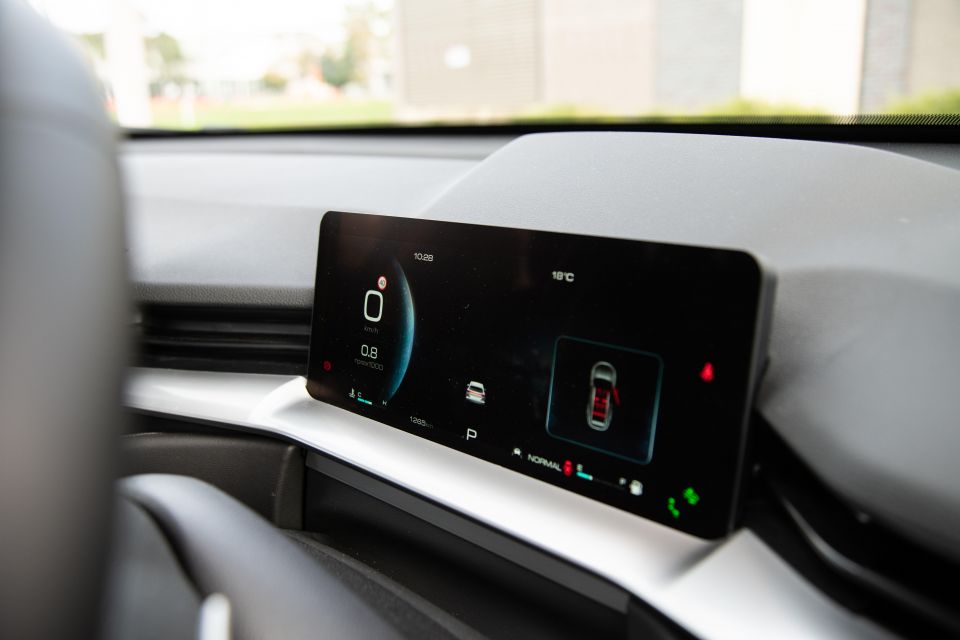
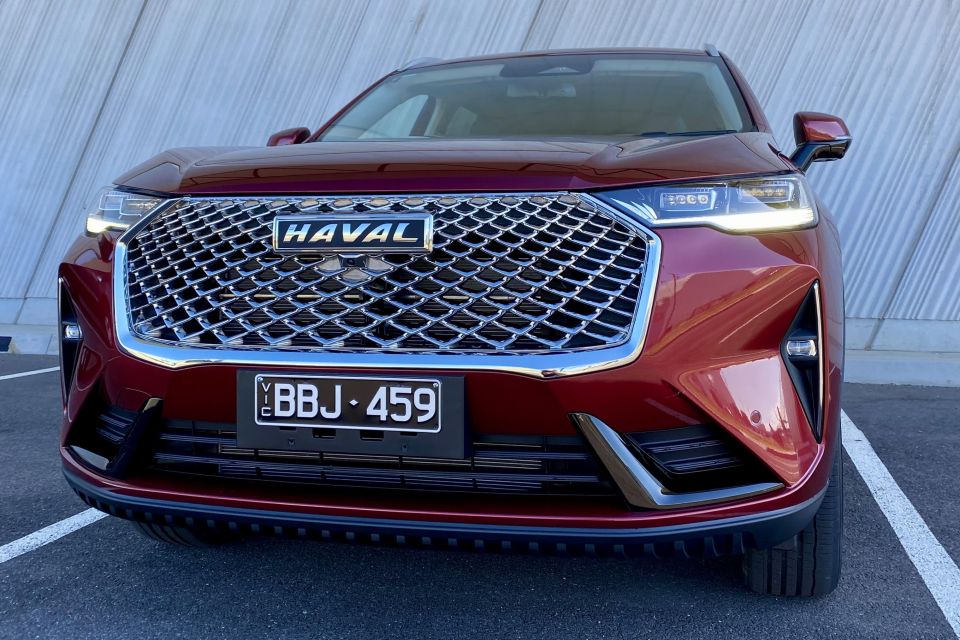
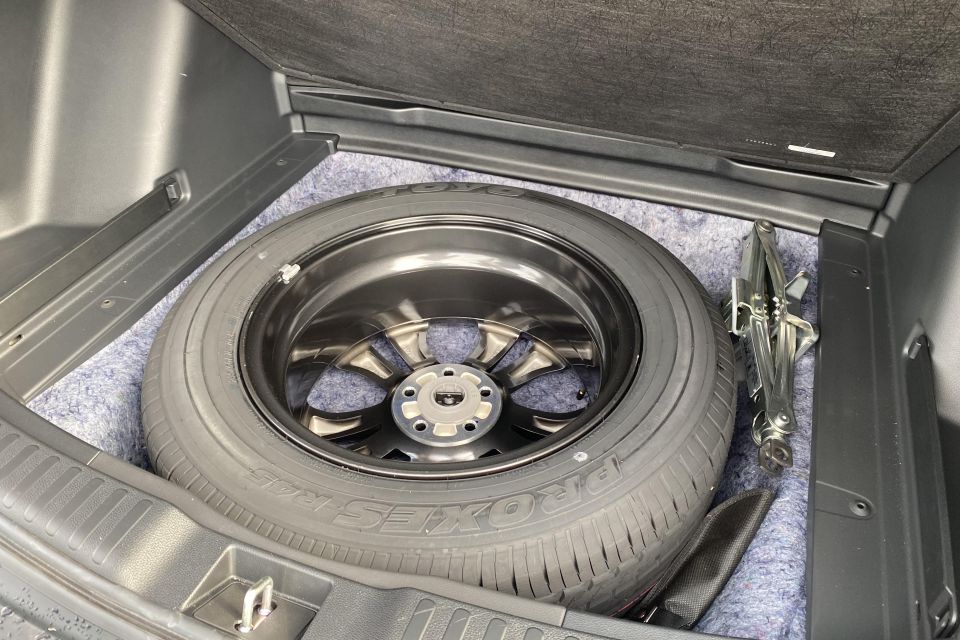
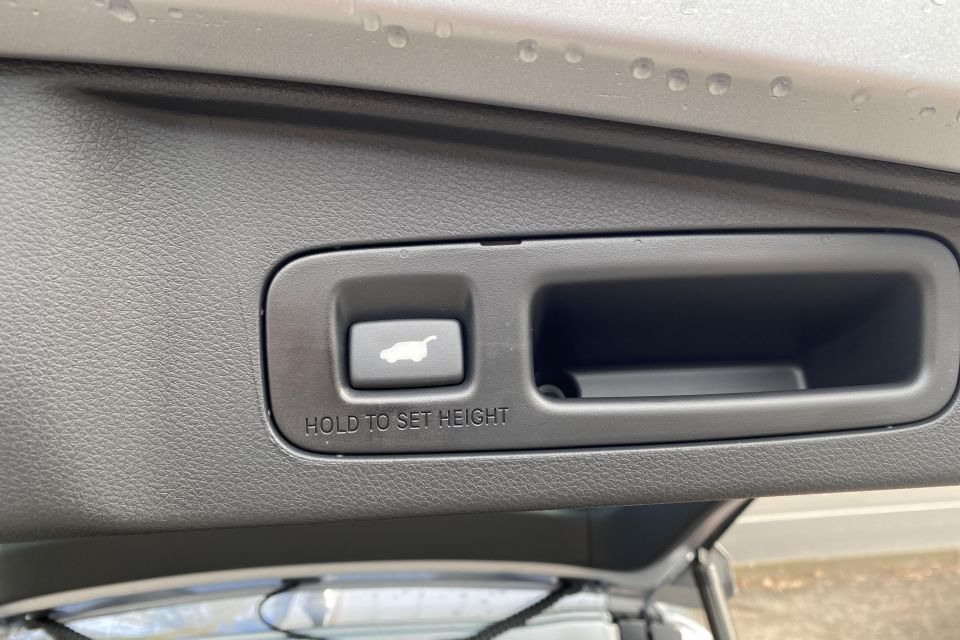
But only the Honda on test offers:
Reflecting its value focus, you could step into the top-of-the-range Haval H6 Premium for $36,990 drive-away and get extras over the H6 Lux such as:
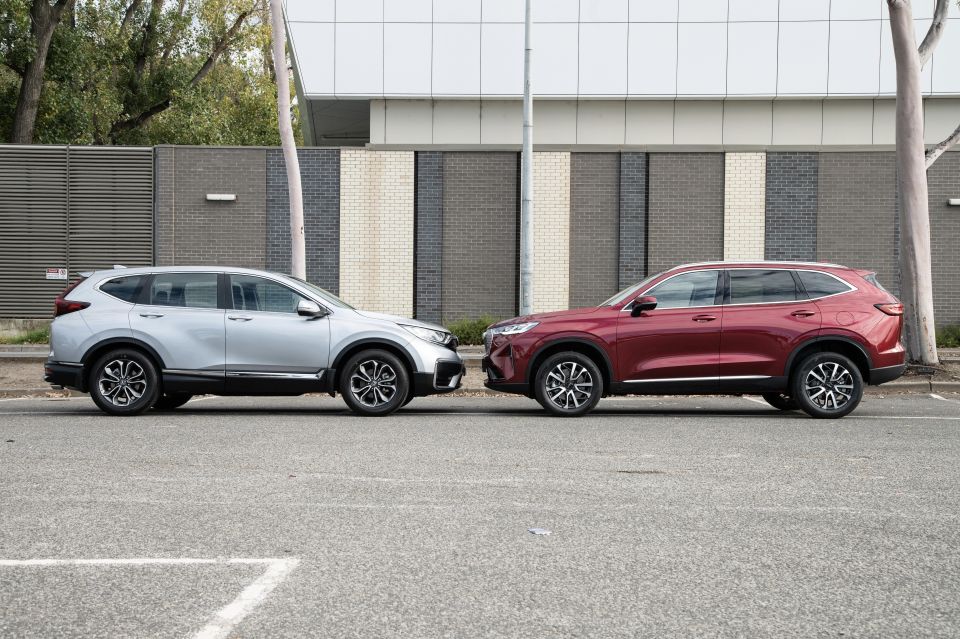
| Haval H6 Lux | Honda CR-V VTi X | |
|---|---|---|
| Price as tested | $33,990 drive-away | $41,202 drive-away |
| Wheels | 18-inch alloy | 18-inch alloy |
| Tyres | Hankook | Toyo |
| Spare | Space-saver steel | Full-size alloy |
| Headlights | LED | Halogen |
| Running lights | LED | LED |
| Tailgate | Manual | Hands-free, powered |
| Proximity key | Standard | Standard |
| Windscreen wipers | Rain-sensing | No |
| Roof rails | Standard | No |
| Privacy glass | Standard | No |
| Seat trim | Synthetic leather | Fabric |
| Driver’s seat functions | Electric movement, heated | Manual movement |
| Camera view | 360 degrees | Rear |
| Air-con type | Dual-zone climate control | Dual-zone climate control |
| Touchscreen | 10.25-inch | 7.0-inch |
| Digital radio | No | No |
| Apple CarPlay | Standard | Standard |
| Android Auto | No | Standard |
| Satellite navigation | No | Standard |
| Cabin USBs | Front and rear | Front and rear |
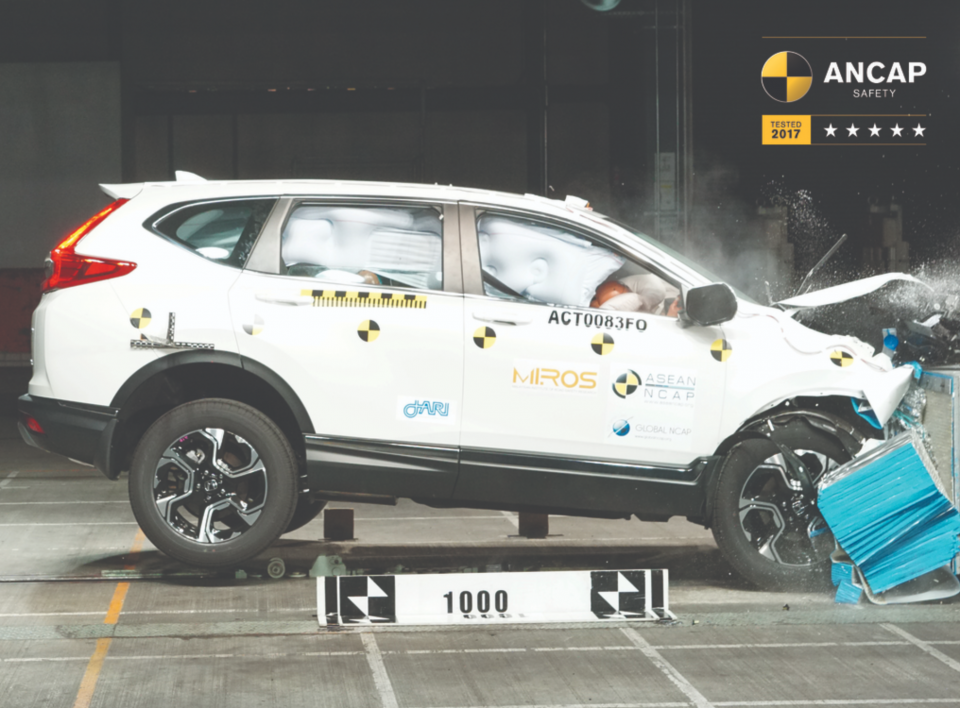
Both come with plenty of safety features such as:
To this list the Haval H6 adds a front-centre airbag, rear collision warning, lane-centring aid, and rear door-open warning/exit assist.
Additionally, the Honda’s blind-spot monitoring system comprises a passenger-side camera view in the touchscreen when you indicate left, whereas the H6 offers warning lights in both side mirrors.
However only the Honda carries a five-star rating from independent crash tester ANCAP, having done so in 2017. For all its long list of features, the Haval does not yet have an ANCAP rating. This will hopefully be rectified soon.
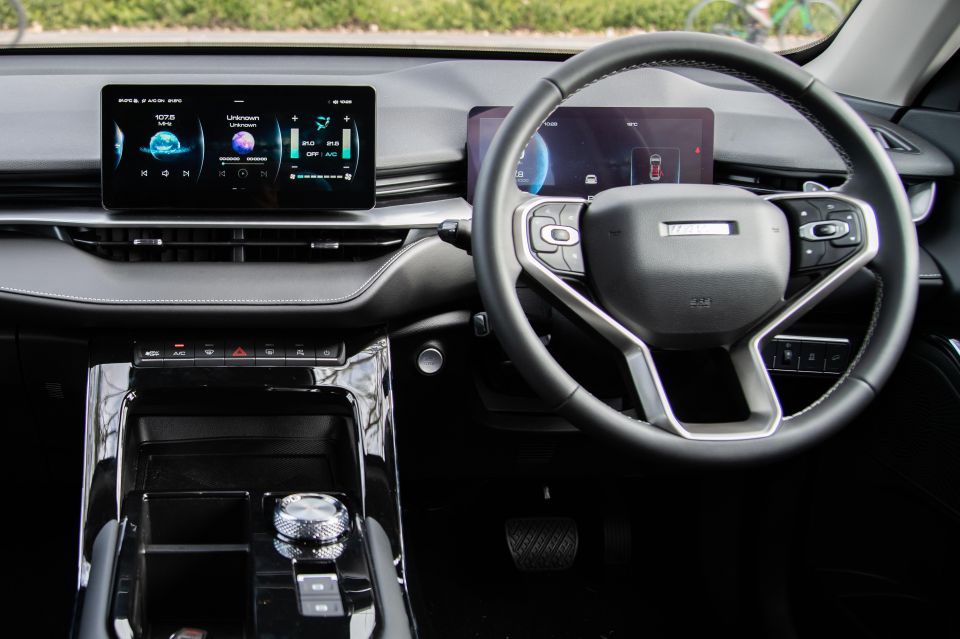
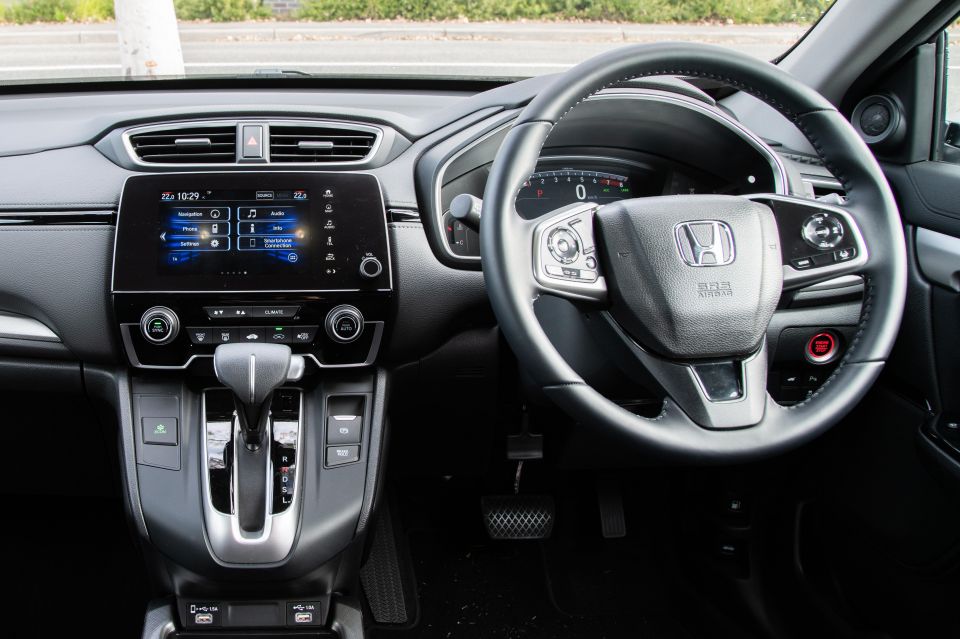

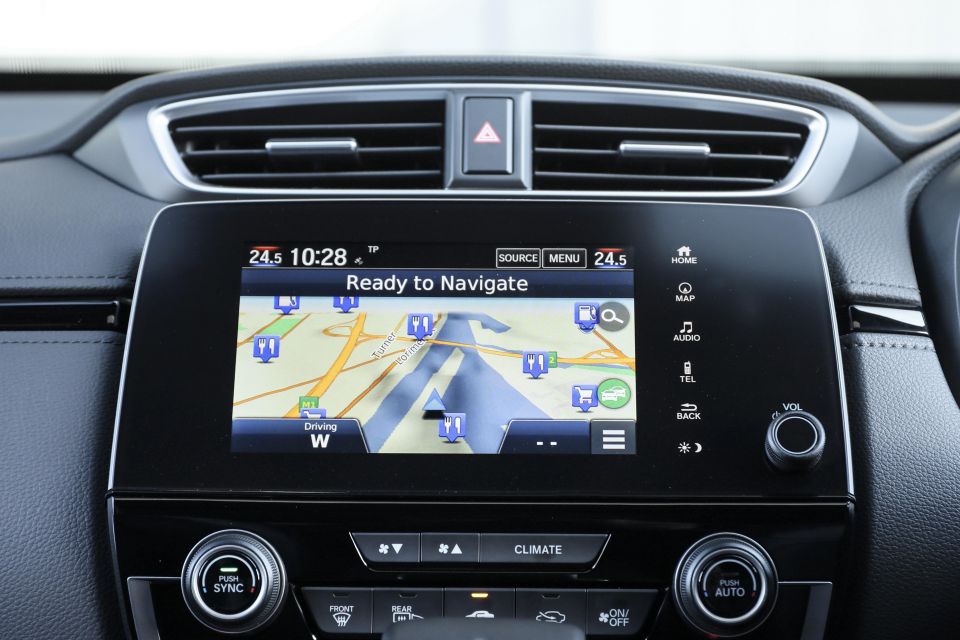
On first inspection it isn’t clear which SUV is supposed to be the cheap unknown and which is the established player.
The Haval’s leather-wrapped wheel is just as tactile as the Honda’s, its seats similarly supportive, and its switchgear and various touch-points no less premium.
The Haval’s neat digital instrument tablet screen looks slicker than Honda’s more conventional cluster, and has better graphics and added functionality.
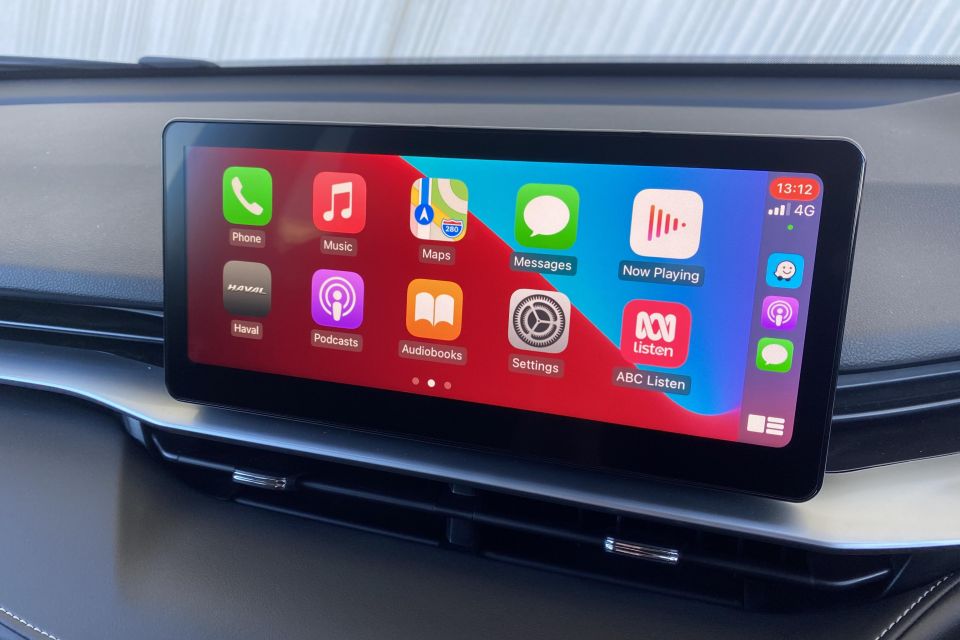
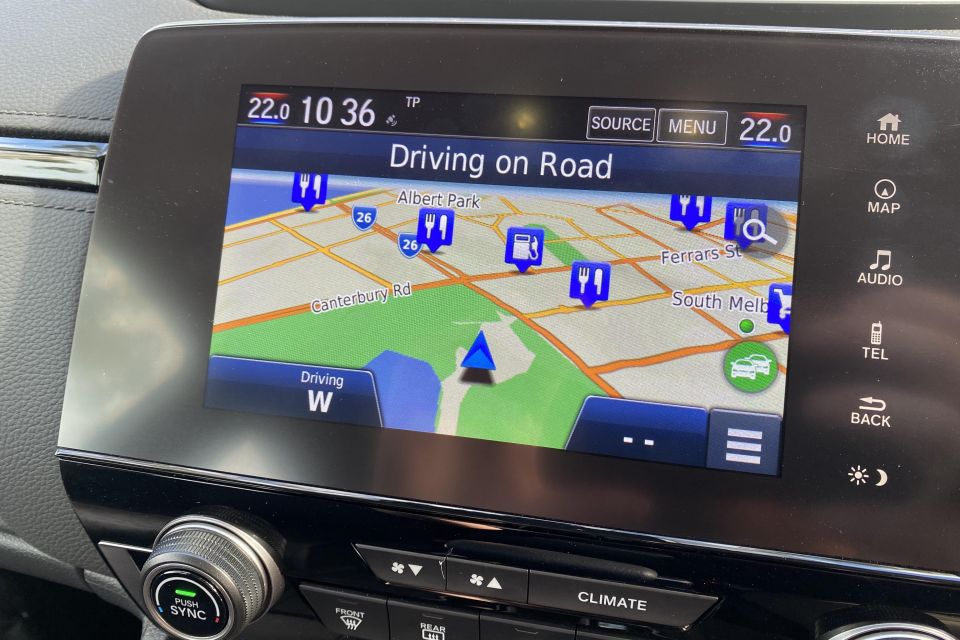
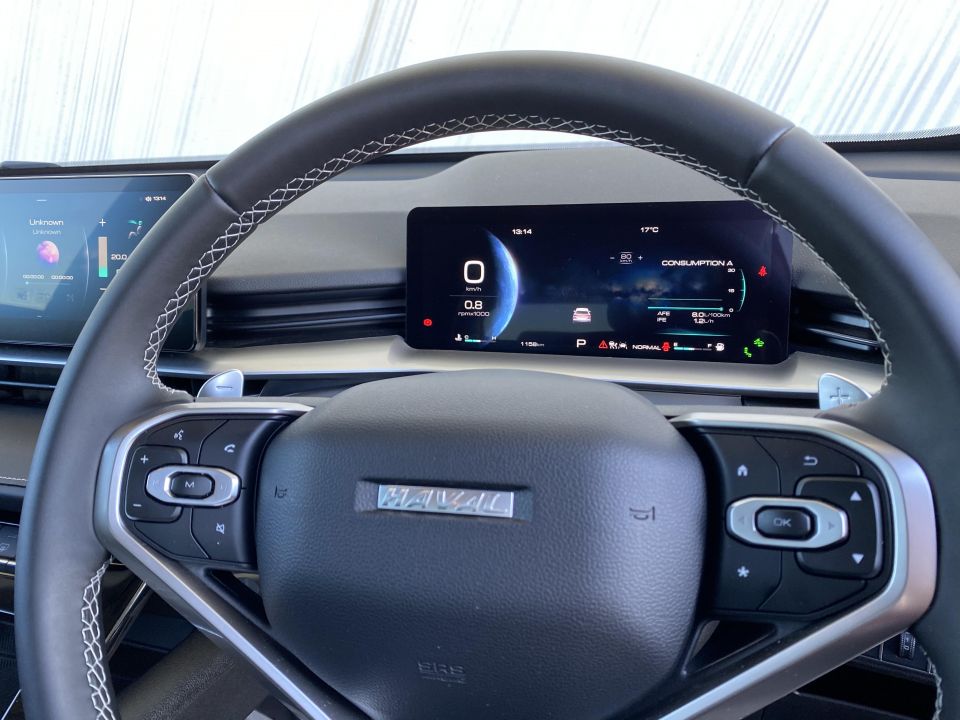
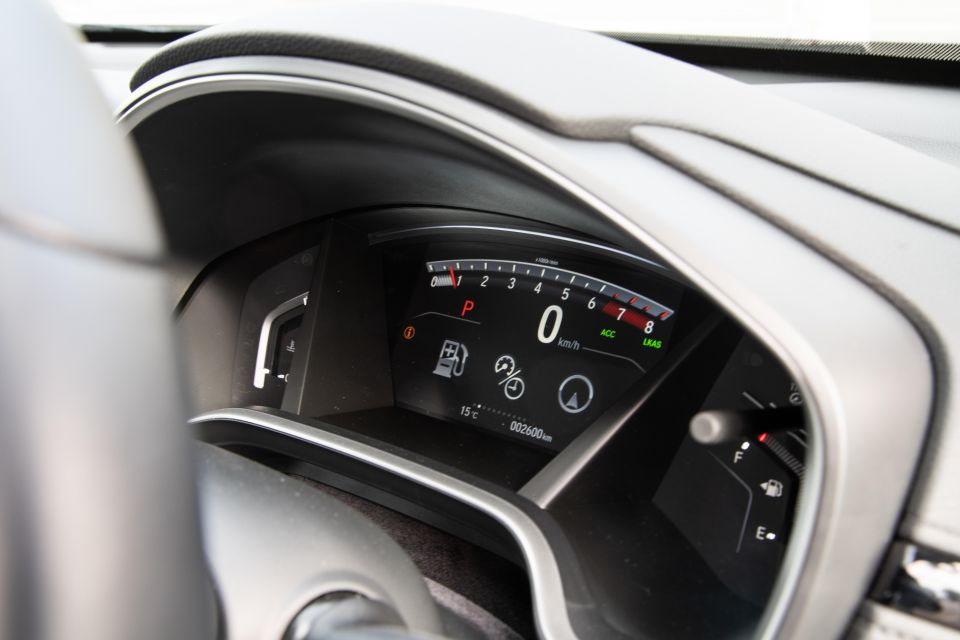
The H6’s touchscreen is also wider than the CR-V’s, and has an interface more like a smartphone in terms of the way you can pinch, swipe and zoom.
Its graphics look a generation ahead, as does the 3D and all-round view camera which has a higher resolution by far than the Honda’s.
That said at the time of writing only the Honda offered Android Auto (Haval claims it is working on it) and proper satellite navigation with live traffic updates.
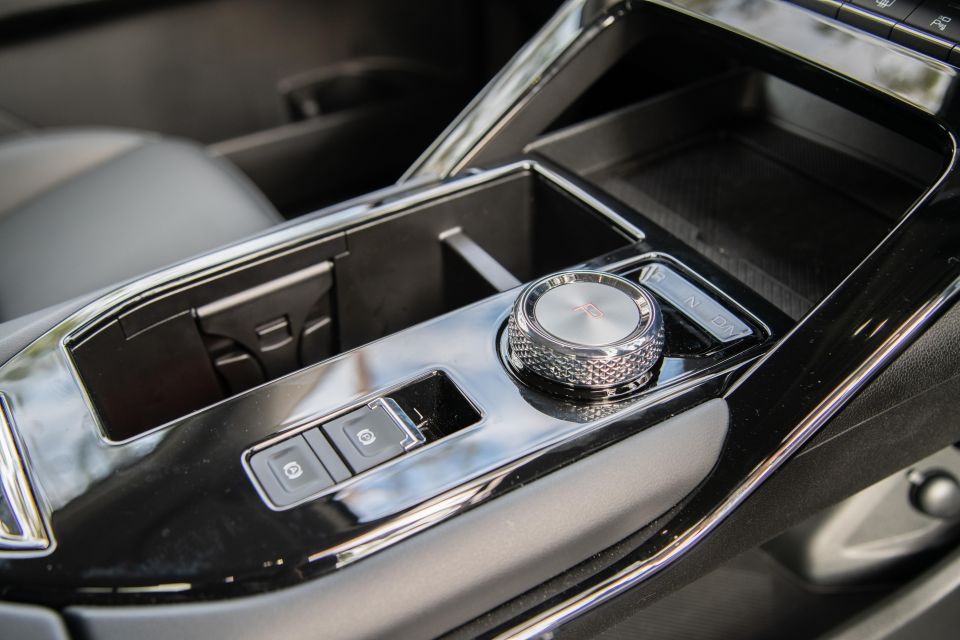
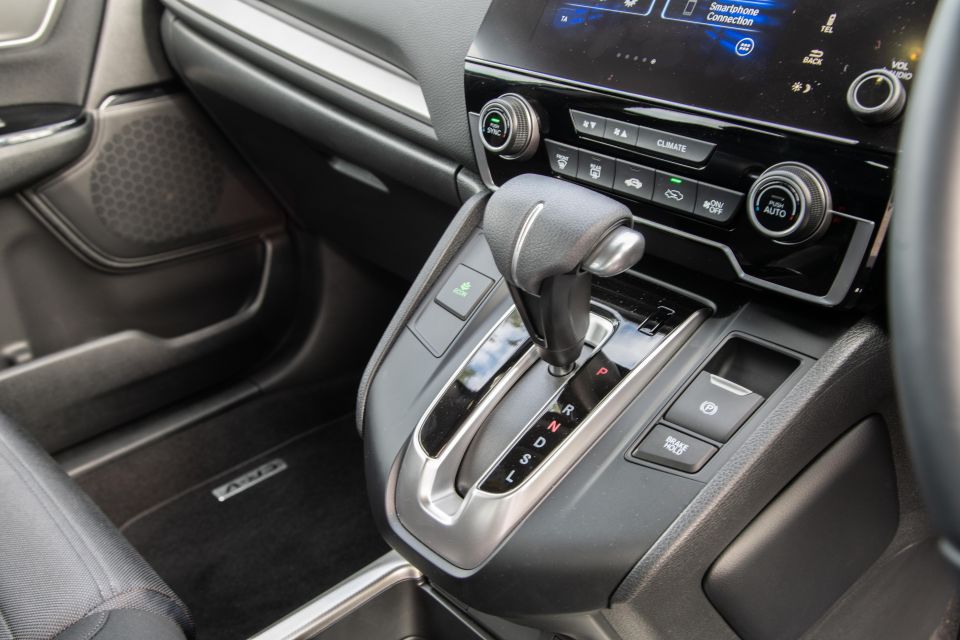
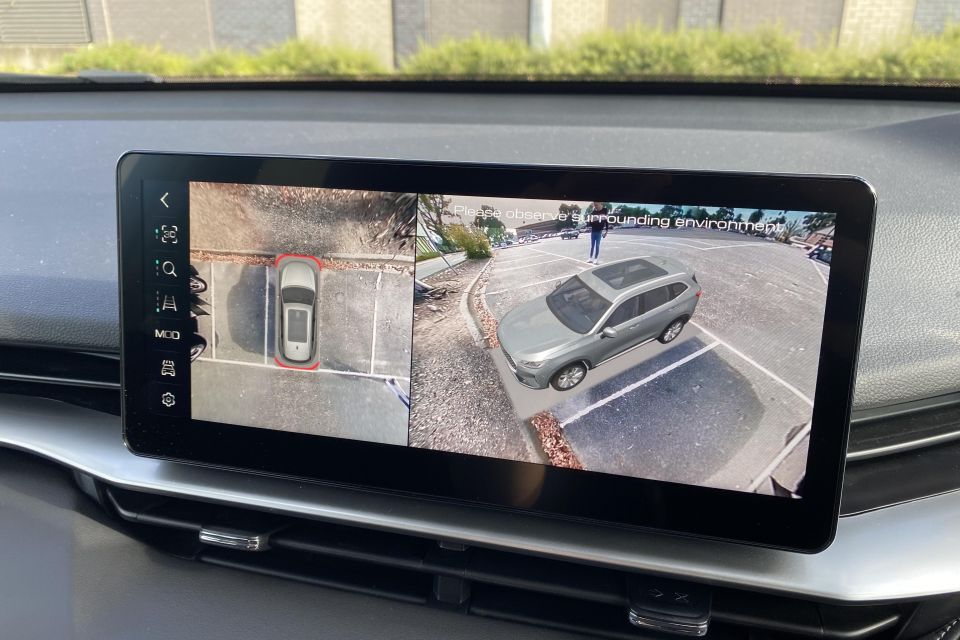
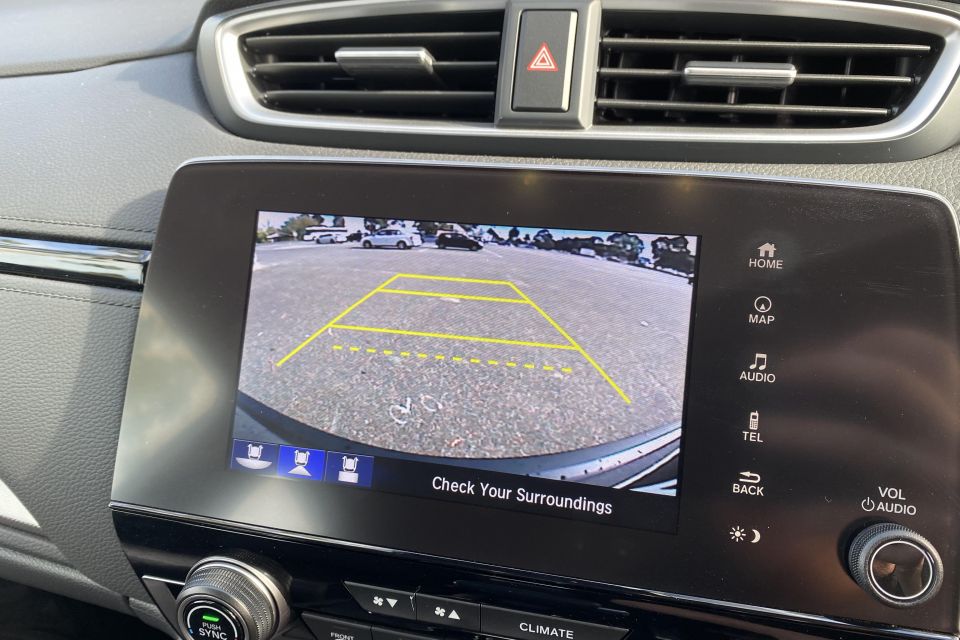
The Honda’s air-conditioning controls are also easier to navigate because there are more hard buttons and fewer sub menus to operate the various functions.
From a personal preference point of view I preferred the Honda’s conventional gear shifter to the Haval’s rotary dial, and liked the CR-V’s relatively paucity of glossy black trims.
Both offer excellent storage: the Haval has an open section below the shift-by-wire rotary dial alongside an open cubby below the fascia and a decent console, while the Honda has a colossal centre console capacious enough for a handbag.
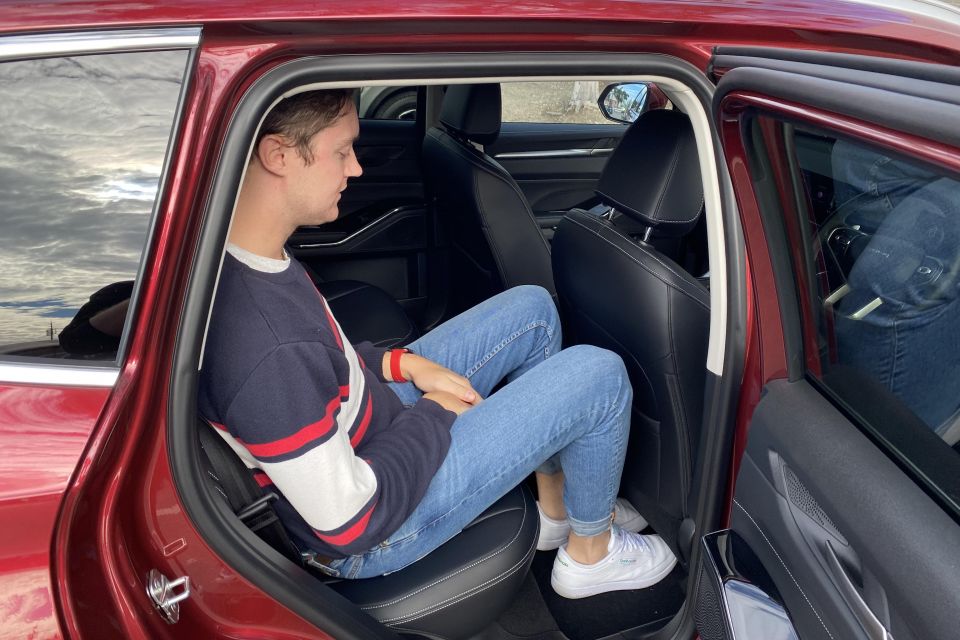
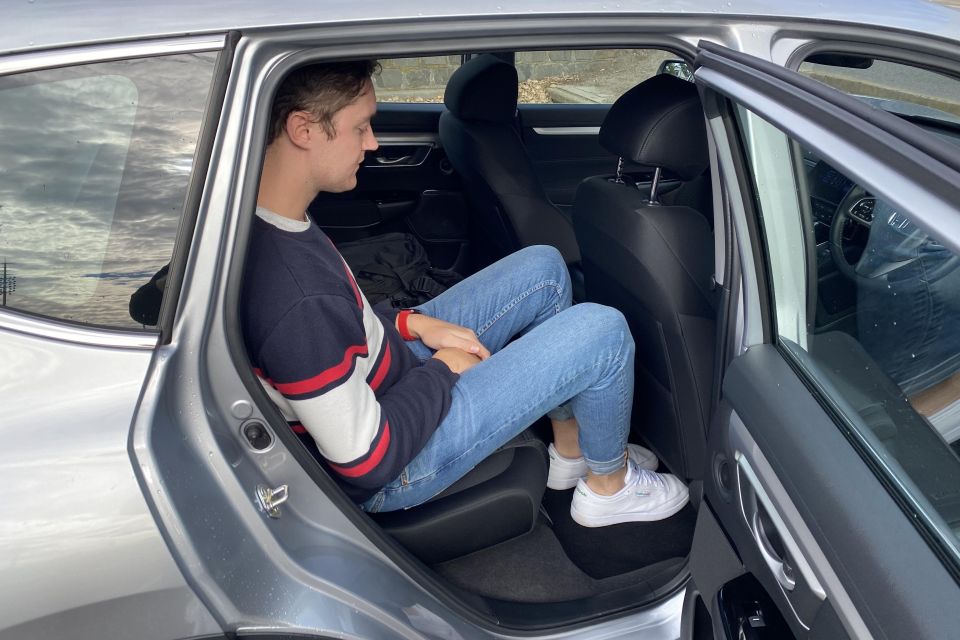
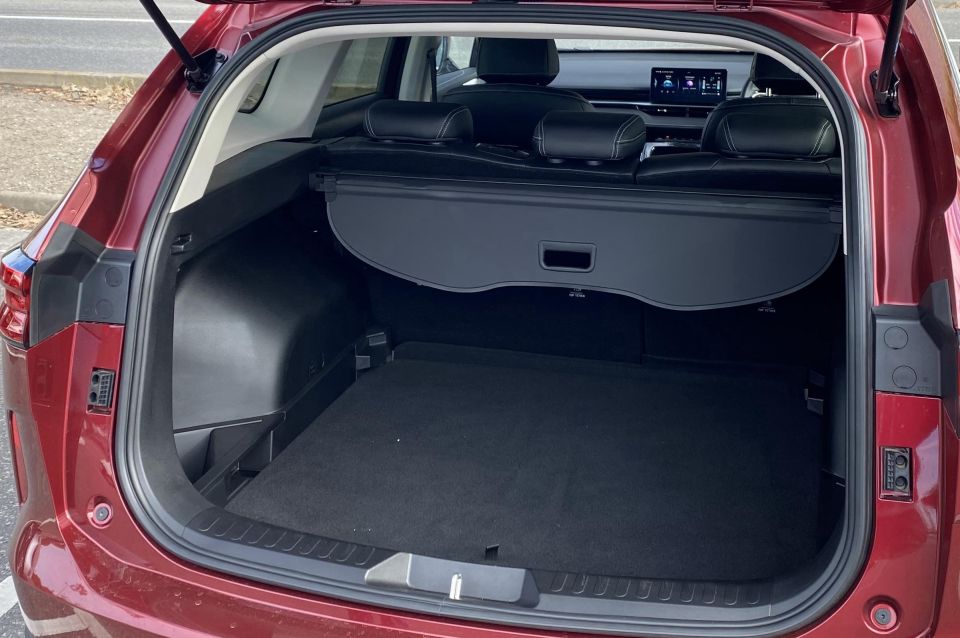

It’s hard to split the pair when it comes to back-seat space as well. I’m 194cm tall and my 200cm colleague Scott Collie could sit behind my preferred driving position. Each also offers rear USBs, vents, arm rests, bottle bins, and ISOFIX/top-tether anchoring points.
The Honda’s 90-degree-opening back doors give it the edge though.
Both also have large boots, with Haval’s taking the edge by litre-age. Both will swallow multiple suitcases, the pram, and allow the back seats to be folded downwards for longer items.

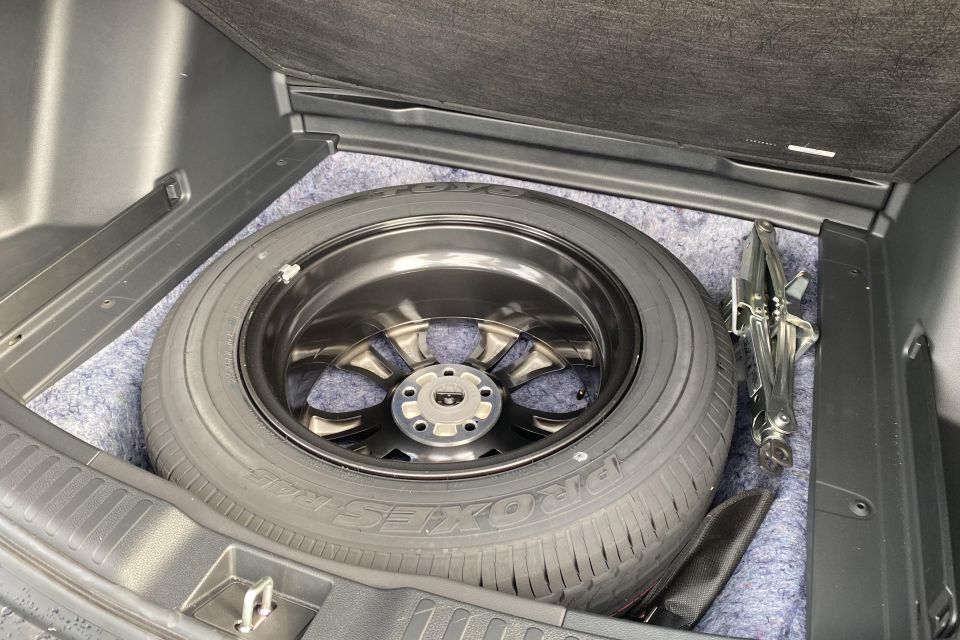
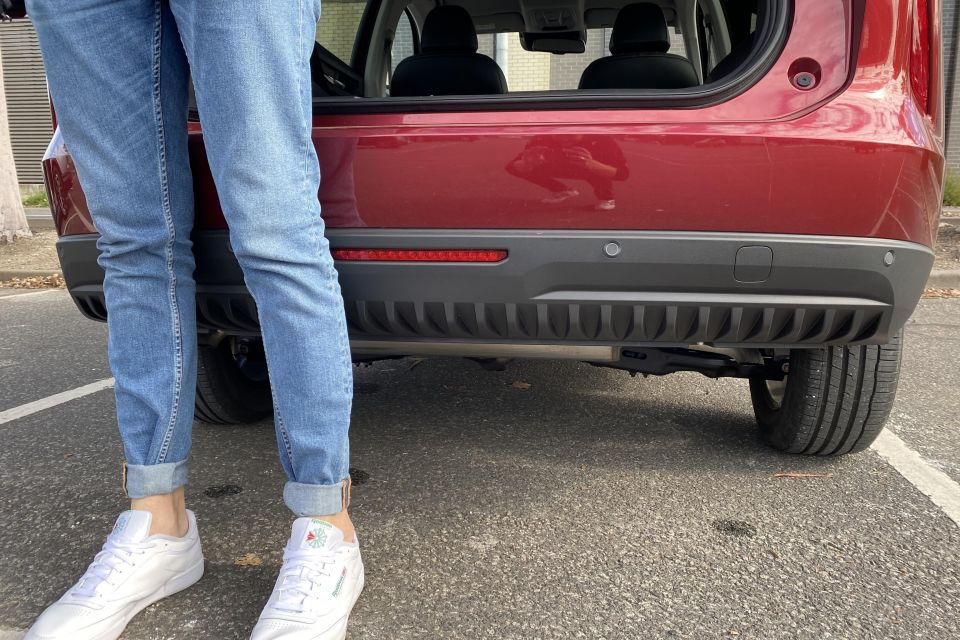

Again the Honda prevails though, since it has a lower loading lip, an electric-operated tailgate, levers in the boot to more easily drop the second row, and a full-size alloy spare under the loading floor (the Haval has a space-saver).
| Haval H6 Lux | Honda CR-V VTi X | |
|---|---|---|
| Length | 4653mm | 4635mm |
| Width | 1886mm | 1855mm |
| Height | 1724mm | 1679mm |
| Wheelbase | 2738mm | 2660mm |
| Clearance | 170mm | 198mm |
| Boot claim | 600L | 522L |
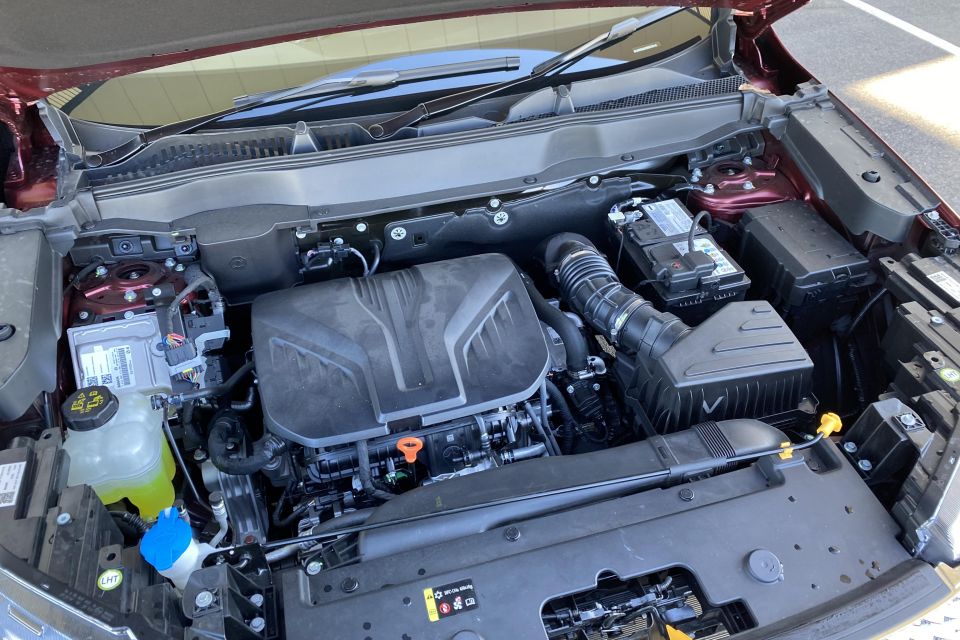
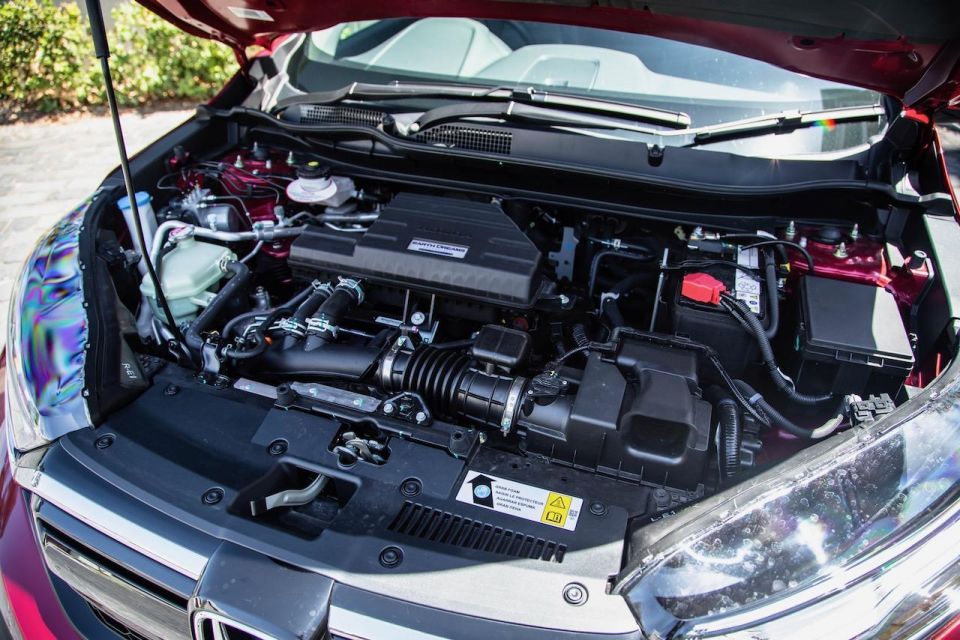
Where expert car reviews meet expert car buying – CarExpert gives you trusted advice, personalised service and real savings on your next new car.
The Haval takes the edge. Its 2.0-litre turbocharged petrol four makes 150kW of power and 320Nm of torque, up 10kW and 80Nm over the Honda’s 1.5-litre turbo-petrol-four. It also has 500kg more towing capacity.
The weight difference between the pair is negligible, as are the respective claimed combined-cycle fuel economy figures of 7.4 litres per 100km and 7.3L/100km.
Both are front-wheel drive as tested, but can be had with all-wheel drive in higher spec grades. Both offer an AWD system that’s on-demand, meaning the rear wheels only get torque when the front ones slip.
The Haval’s automatic transmission is a seven-speed dual-clutch while the Honda’s is a continuously variable (ratio-less) transmission.
| Haval H6 Lux | Honda CR-V VTi X | |
|---|---|---|
| Engine | 2.0-litre petrol turbo | 1.5-litre petrol turbo |
| Cylinders | Four | Four |
| Power | 150kW @ 6000rpm | 140kW @ 5600rpm |
| Torque | 320Nm @ 1500rpm | 240Nm @ 2000rpm |
| Vehicle weight | 1555kg | 1540kg |
| Fuel economy | 7.4L/100km | 7.3L/100km |
| Towing | 2000kg braked | 1500kg braked |
| Transmission | 7-speed dual-clutch | CVT auto |
| Driven wheels | Front | Front |
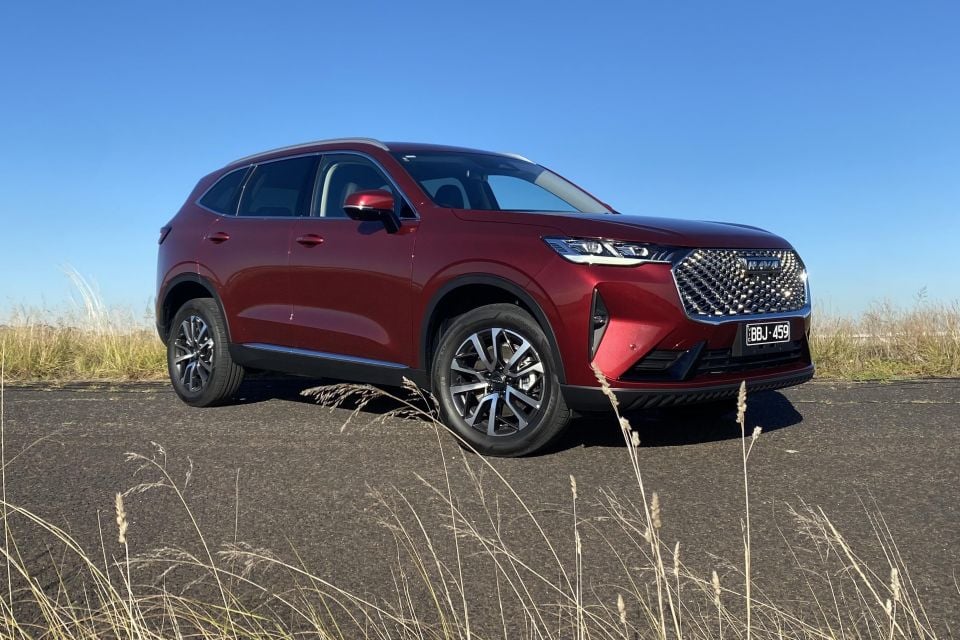
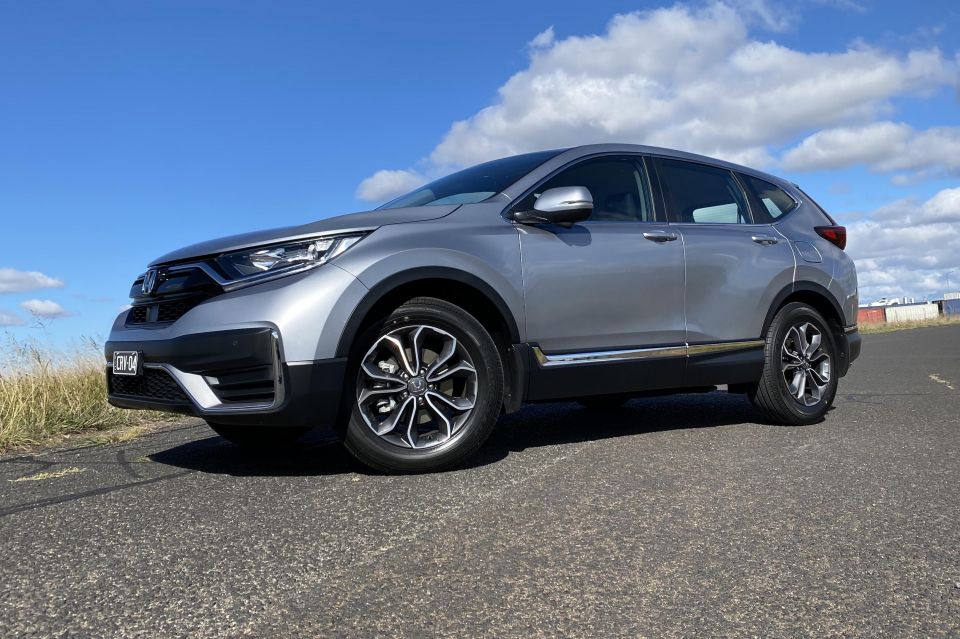
The Haval’s engine has more mid-range grunt than the Honda’s, and is more capable of chirping the front wheels on hard take-offs.
I managed a sprightly 8.1-second zero to 100km/h standing sprint compared to an 8.6 second time for the Honda, which itself is no slug by class standards.
On the other hand the Haval’s DCT never works in quite the same smooth and linear fashion as the Honda’s well-sorted CVT. The CR-V is more immediately responsive in stop/start driving and punching into gaps.

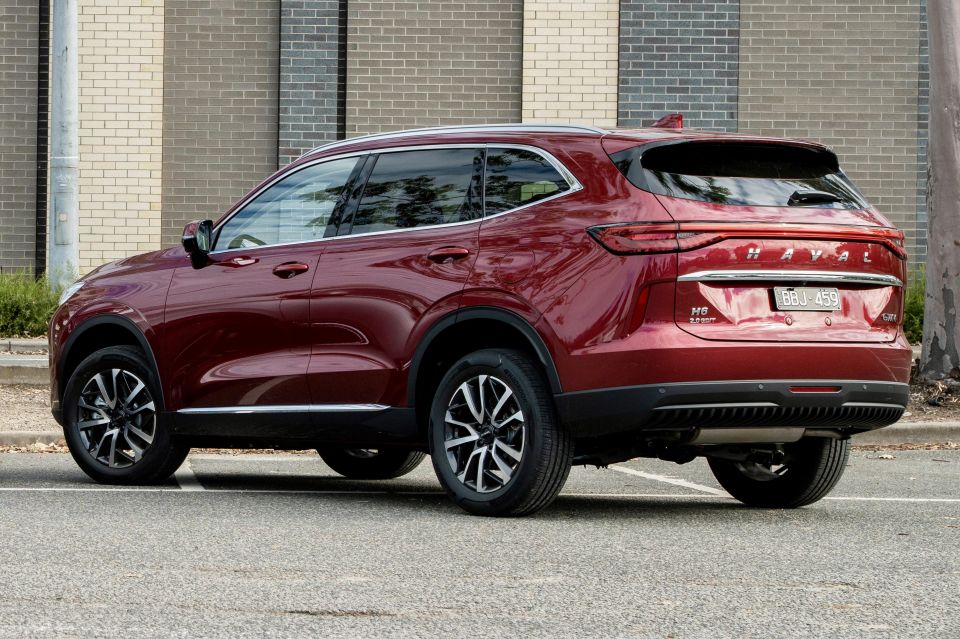
For typical urban commuting I think the Honda’s setup actually suits the vehicle better – it’s slower and on the move a little less dynamic, but in town it’s superior.
Both SUVs have strut front suspension and multi-link rear suspension, and motor-assisted power steering designed to be low-resistance at low speeds.
The Haval’s steering is well weighted and the ride quality generally pretty compliant, though I found the Honda’s ride a little quieter and smoother over speed bumps and expansion joints, and the dampers a little quicker to settle the body.
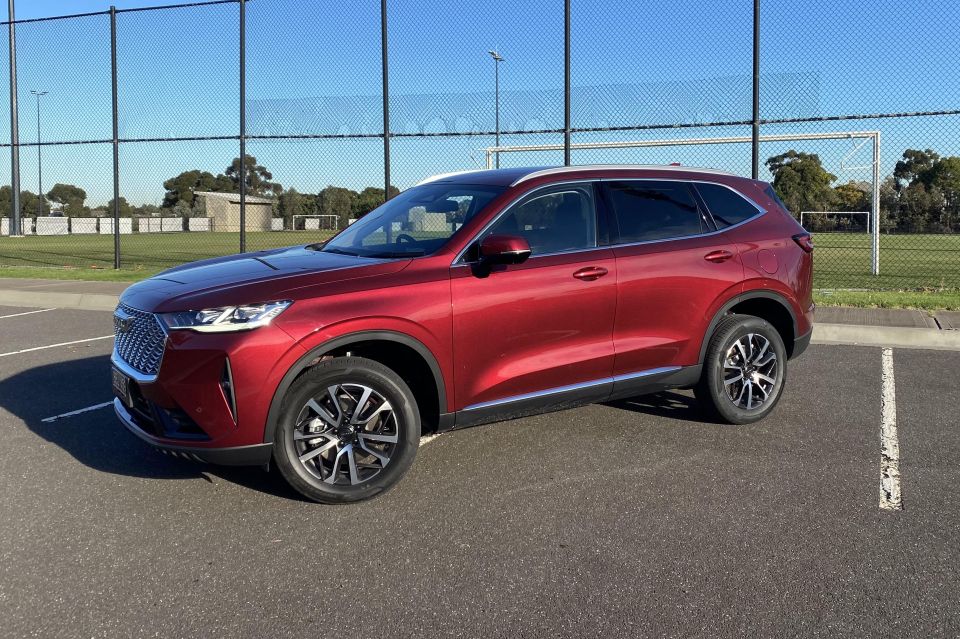
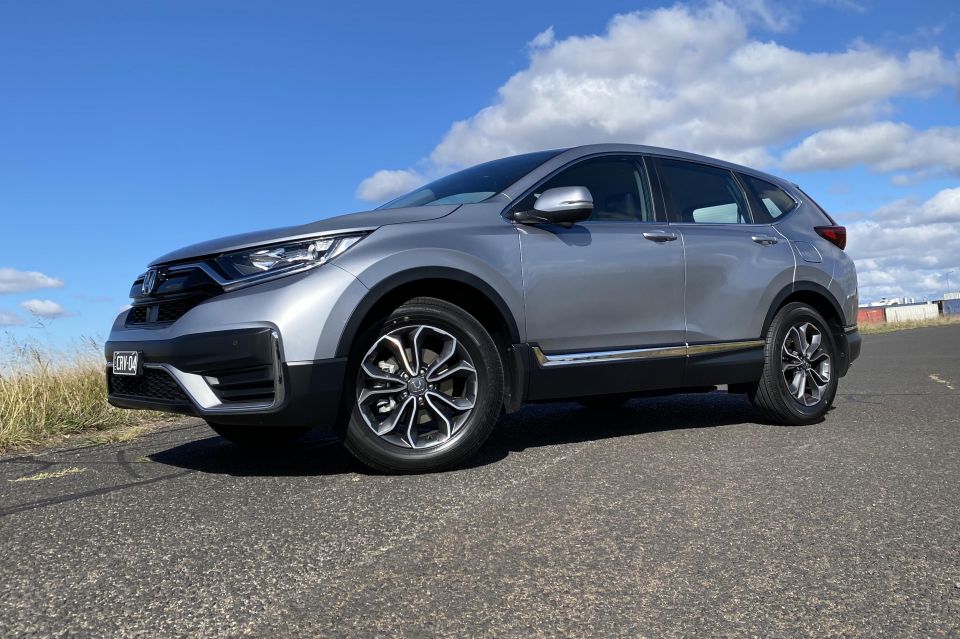
That said, I recorded a decibel test of 68dB over my test tarmac at 100km/h in the Haval, which was 3dB quieter than the Honda CR-V tested concurrently.
To break it down, the Haval offers sprightlier, punchier performance and better NVH suppression, but the Honda’s engine is better suited to stop/start driving and its ride comfort and handling tune feels better sorted.
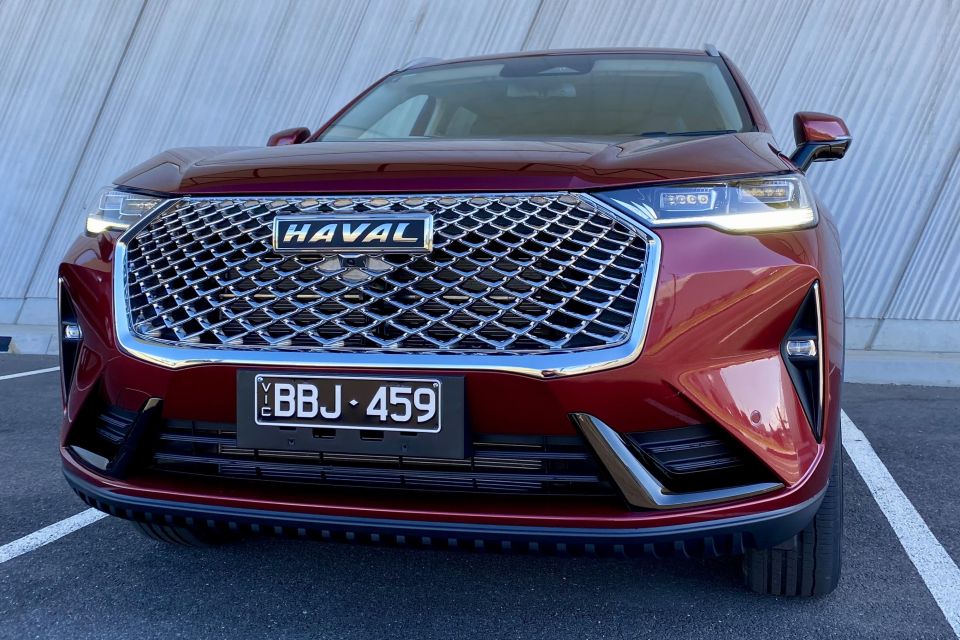
GWM Haval’s factory distributor offers a seven-year warranty that lasts two years longer than the Honda’a five-year factory warranty.
Services prices for the Haval at the time of writing are:
Whereas servicing for the Honda costs:
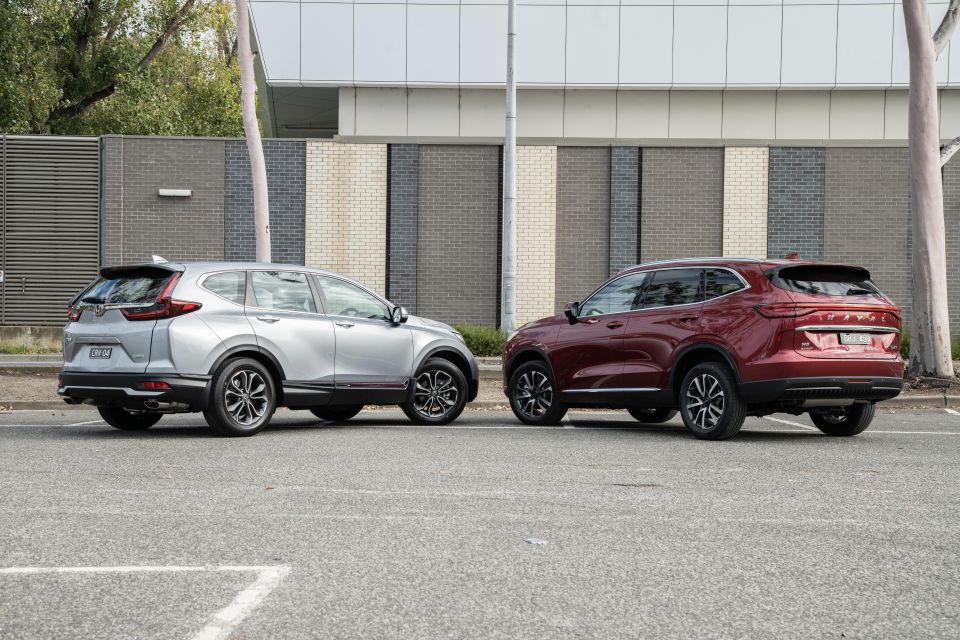
The upstart Haval has slicker interior screens, more standard features for the money, and a punchier engine. It also has that reassuring seven-year warranty.
But the Honda’s drivetrain is better suited to typical urban commuting, its back seats are easier to access, its boot space comes with thoughtful touches, and its ride quality is a little cushier. It’s also a known quantity.
So, the CR-V has the edge. But it’s much closer than you might think…
Share your thoughts with us in the comments below!
Share your thoughts and write a review of a car you own and get featured on CarExpert.


Damion Smy
7 Hours Ago
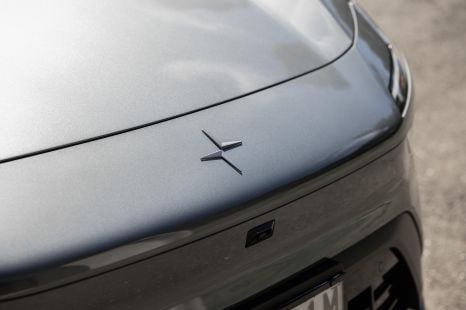

Damion Smy
7 Hours Ago


Damion Smy
9 Hours Ago


Damion Smy
11 Hours Ago


CarExpert.com.au
13 Hours Ago


Ben Zachariah
14 Hours Ago